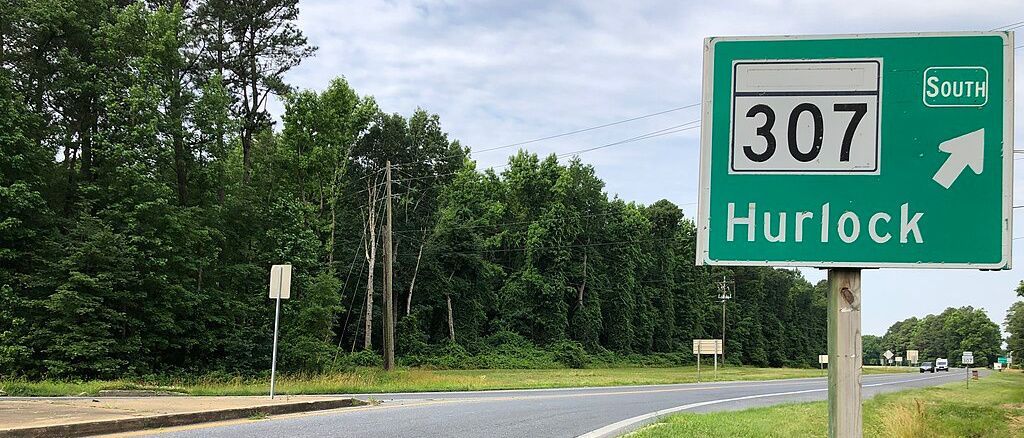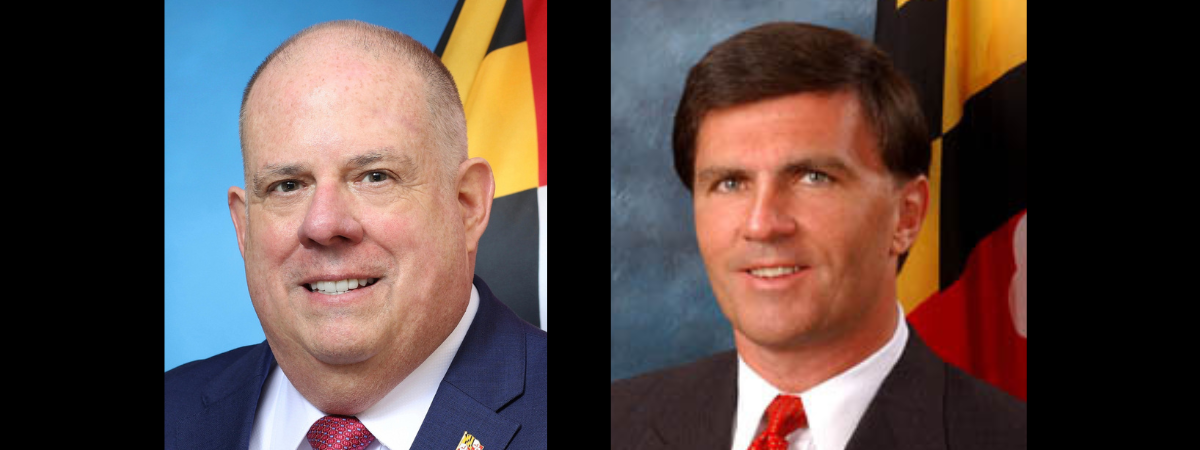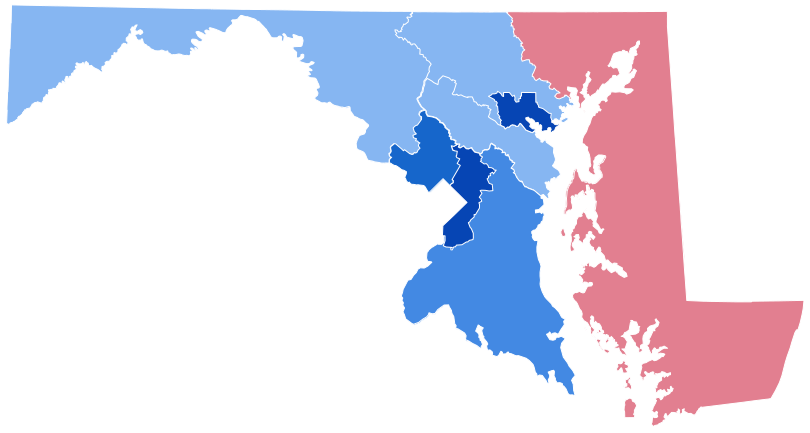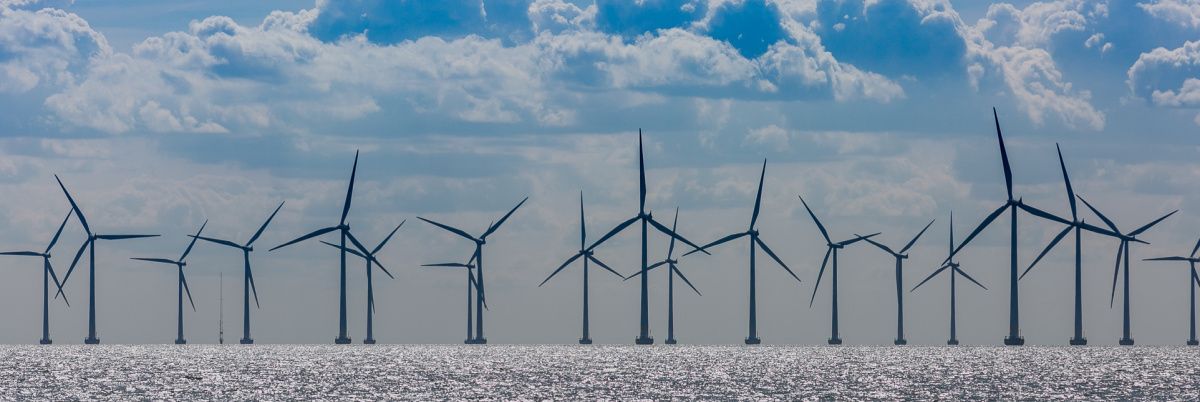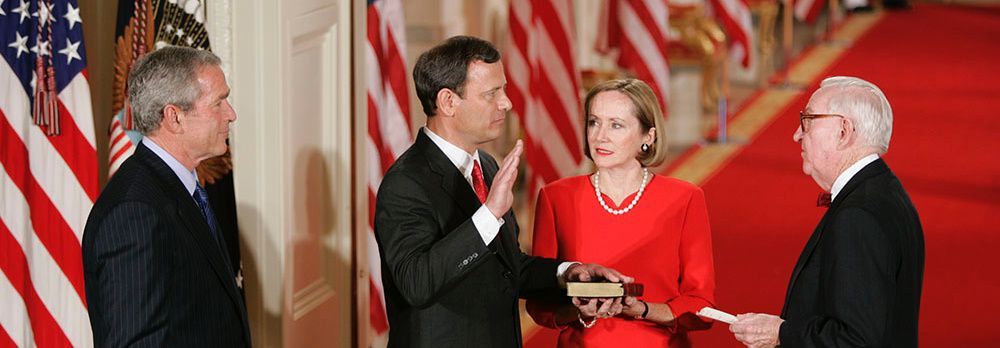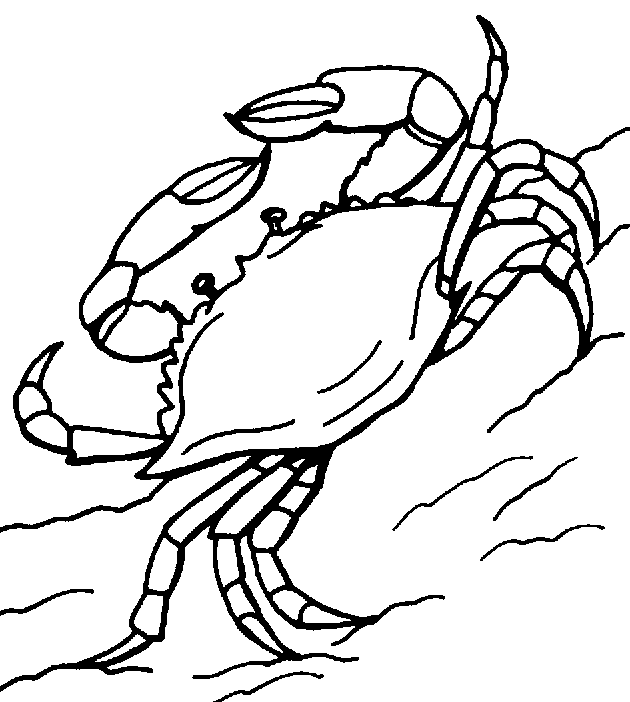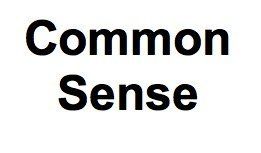Election 2024 — The Aftermath

It’s probably too early for a real analysis of why the Harris/Walz ticket was defeated in this year’s presidential election, although there are plenty of people taking a crack at it. For a couple of interesting examples, take a look at Heather Cox Richardson’s Nov. 6 column, or David Brooks in the New York Times.
Important factors certainly included sexism and racism. Many Americans still aren’t ready to accept a woman leader — especially a Black woman. And I spoke to one local person who said that many Black men he knew were wary of voting for Harris because she had been a prosecutor, putting other Black men and minorities behind bars. Whether or not that was a factor, Harris’s share of the Black vote was some 10% lower than Biden’s.
But the most significant factor was probably voter turnout. According to a Nov. 11 New York Times story, Democratic turnout was significantly lower than in 2020. This helped produce a narrow majority in the popular vote for the Republican ticket. Trump’s total nationwide was about 74 million votes, roughly the same as he received in 2020. Harris, on the other hand, was at 70 million — roughly 11 million less than President Biden’s 2020 total. If those voters had come out again and voted mostly Democratic, Harris would have some 81 million votes to Trump’s 74 million, giving her the popular vote. Depending on where the voters lived, that could have produced a very different result in the Electoral College and the election itself. Though the Electoral College totals imply otherwise, this was really a close election.
Incidentally, a reaction against incumbents may be another significant factor, and a global rather than a U.S. phenomenon. An article in the Financial Times notes that every incumbent party — on both ends of the political spectrum — in developed countries lost significant vote share in an election this year — an astonishing turn of events.
Here on the Eastern Shore, nobody should be surprised that the majority of the voting public went for the Republicans. The area, after all, is predominantly rural and conservative, with a few blue enclaves such as Easton and Chestertown. While town-by-town results on the Shore are not yet available, in Talbot County, in which Easton is the largest town, Trump won by some 500 votes. Queen Anne’s gave Trump the win by about 9,000 votes.
Local elections were not on the ballot in 2024, but local officials on the Shore — mayors, sheriffs, state’s attorneys, county commissioners, delegates to the General Assembly, etc. — largely reflect that Republican dominance. And day-to-day life is more directly affected by these people in all communities than by anyone in Washington.
Still, what happens on the national level will have its effect on all of us. The architects and supporters of Project 2025 are going to be part of the new Trump administration, and he has appointed some of the project’s supporters already. Those appointees are probably going to be quite adamant in pushing through their agenda.
Even if they can’t accomplish everything, some of the proposed plans ought to be cause for concern, above all the weakening of women’s rights, especially reproductive freedom. And with the Senate, possibly the House, and the Supreme Court effectively on the same page as the administration, the constitutional checks and balances will be severely weakened.
If, as he said he would, Trump imposes heavy tariffs on imports, almost every economist predicts that consumer prices will rise, thus making it harder to control inflation.
If a mass deportation of immigrants gets underway, many jobs will go unfilled, particularly in construction and food service. This will further hurt the economy. It’s possible that pressure to fill those jobs could raise wages.
If RFK Jr. brings his anti-vaccine beliefs to the health department, another pandemic — a new covid strain, or just the regular flu — could kill millions.
If Elon Musk starts cutting back what he perceives as governmental waste, programs benefitting local communities are likely to suffer, again removing dollars from local and state economies.
The foreign policy implications of some of Trump’s statements could be significant. He has threatened to pull the U.S. out of NATO. This may be unlikely, but that political stance may encourage current and would-be aggressors in Europe and the Middle East. And Trump has said he will end the war in Ukraine in one day. Does he really have that much influence on Putin? Or does Putin have that much influence on Trump? Time will tell.
Looking down the road, one also has to consider Trump’s health. Born in June 1946, he will be 82 by the end of his term. What if he becomes incapacitated, physically or mentally? A stroke, a heart attack, or just the rigors of old age in a stressful office — all are possible.
Would Vice President-elect Vance, a former venture capitalist in the technology sector, continue Trump’s policies, or would he have ideas of his own? At one time, Vance criticized many of Trump’s positions. If Trump is no longer in charge, could there be a period of infighting as various factions within the party and administration assert their own priorities? Any of that could have significant effects, and it’s not unlikely, given Trump’s age.
So it looks as if we are about to live in “interesting times.” Some people are talking about leaving the country, while others are still trying to understand what just happened. Many are already looking forward and starting to concentrate on the 2026 midterms, when Republicans could consolidate their gains or Democrats could make a comeback.
May we all get through these times to the point where we can tell a younger generation the kinds of stories our elders told us about the Great Depression or the Civil Rights movement — hopefully, with something resembling a happy ending.
Peter Heck is a Chestertown-based writer and editor, who spent 10 years at the Kent County News and three more with the Chestertown Spy. He is the author of 10 novels and co-author of four plays, a book reviewer for Asimov’s and Kirkus Reviews, and an incorrigible guitarist.
Common Sense for the Eastern Shore
